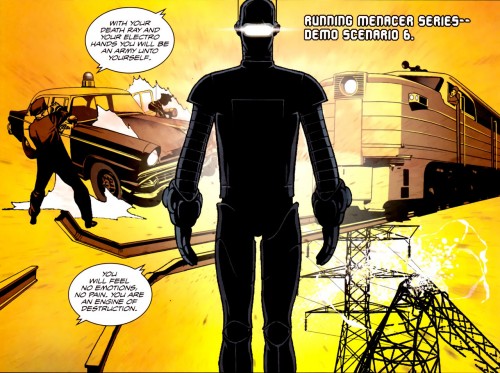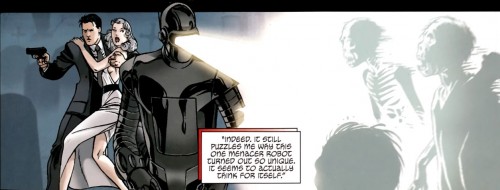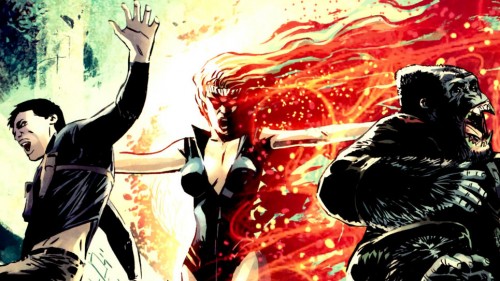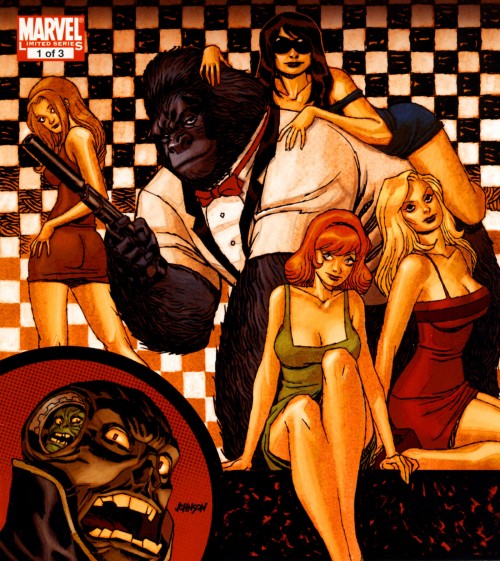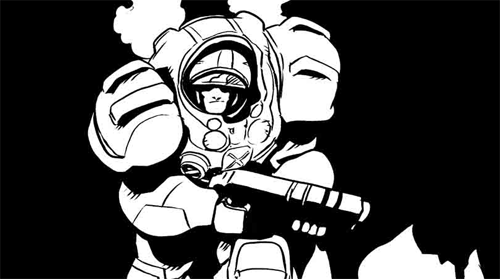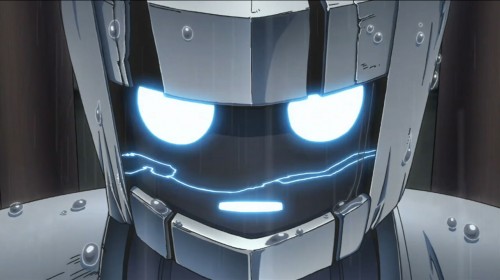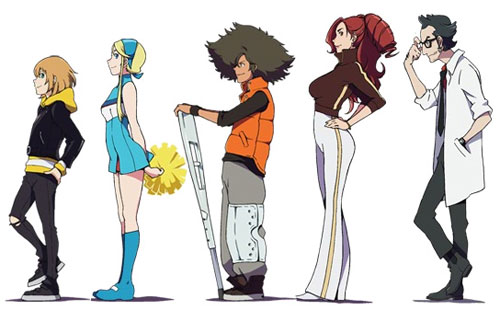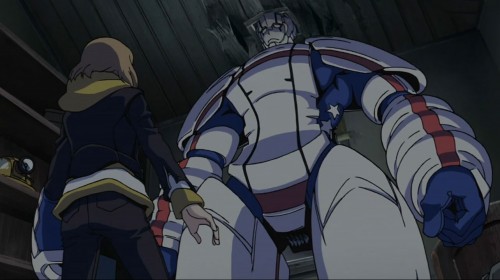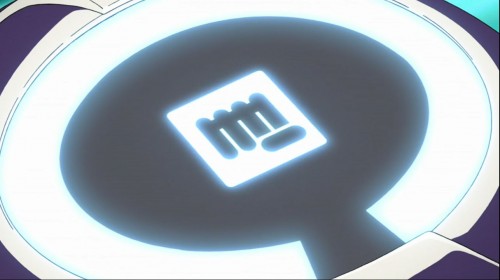There’s a lot wrong with American popular comics these days. DC‘s continuity is a mess. Marvel has its own issues with too much cross-pollination between titles in some places and a bizarre lack of connection in others (did the rest of Earth-616 notice a bajillion Nimrod super-Sentinels descending on a small island within sight of San Francisco?). One area in which they are thriving rather than languishing is in the campy — in an ironic, hipster way — old-timey heroes. Enter Gorilla Man and M-11 of Atlas.
Gorilla Man, AKA the Immortal Gorilla Man, AKA General Hale is a former soldier-of-fortune and big-game hunter that sought out immortality and got it, along with a curse to live forever as a talking Gorilla never to grow old or sick. M-11, the 11th in a line of Menacer Robots, was designed as a 1950’s sci-fi terror weapon with a death-ray visor and electric hands, but its creator instilled in it a free will and conscience. Each has a basic one-shot fantastic-tales premise, and each makes an excellent addition to the current Marvel line-up with its tangled web of interpersonal relationships and continuity baggage
The rest of the Atlas cast are endearing in their own ways, but M-11 and Gorilla Man shine a bright action-adventure light where the repeatedly re-imagined mainstays of Marvel just seem inconsistent and muddy when they’re mean to be gritty or dark. Daredevil’s friends are all worried about the morality of killing Bullseye (a supremely-dangerous sociopath with a history of murdering Daredevil’s loved ones). Nightcrawler couldn’t countenance Cyclops authorizing the use of lethal force after hundreds of issues of watching Wolverine put his claws through fools’ heads. When Gorilla Man picks up an assault rifle with his foot and mows down twenty goons, it isn’t grim, it’s awesome. M-11 rarely whips out his full-strength death ray, but when it does we don’t get five panels of crying over it; the bad guys had it coming and the story isn’t going to dwell on it.
I’m quite pleased to see Gorilla Man and The Uranian catch their own short-lived solo series, and hope to see one for M-11 some time soon.
